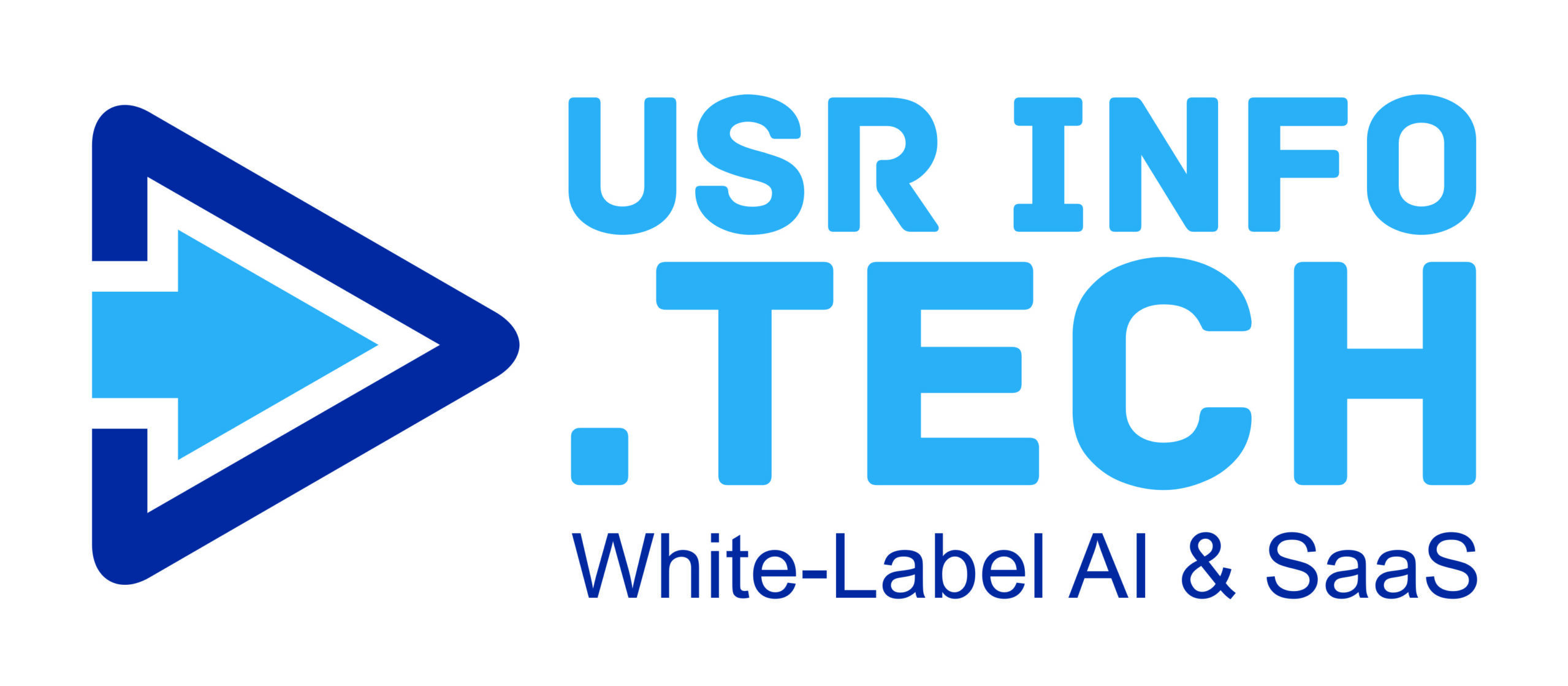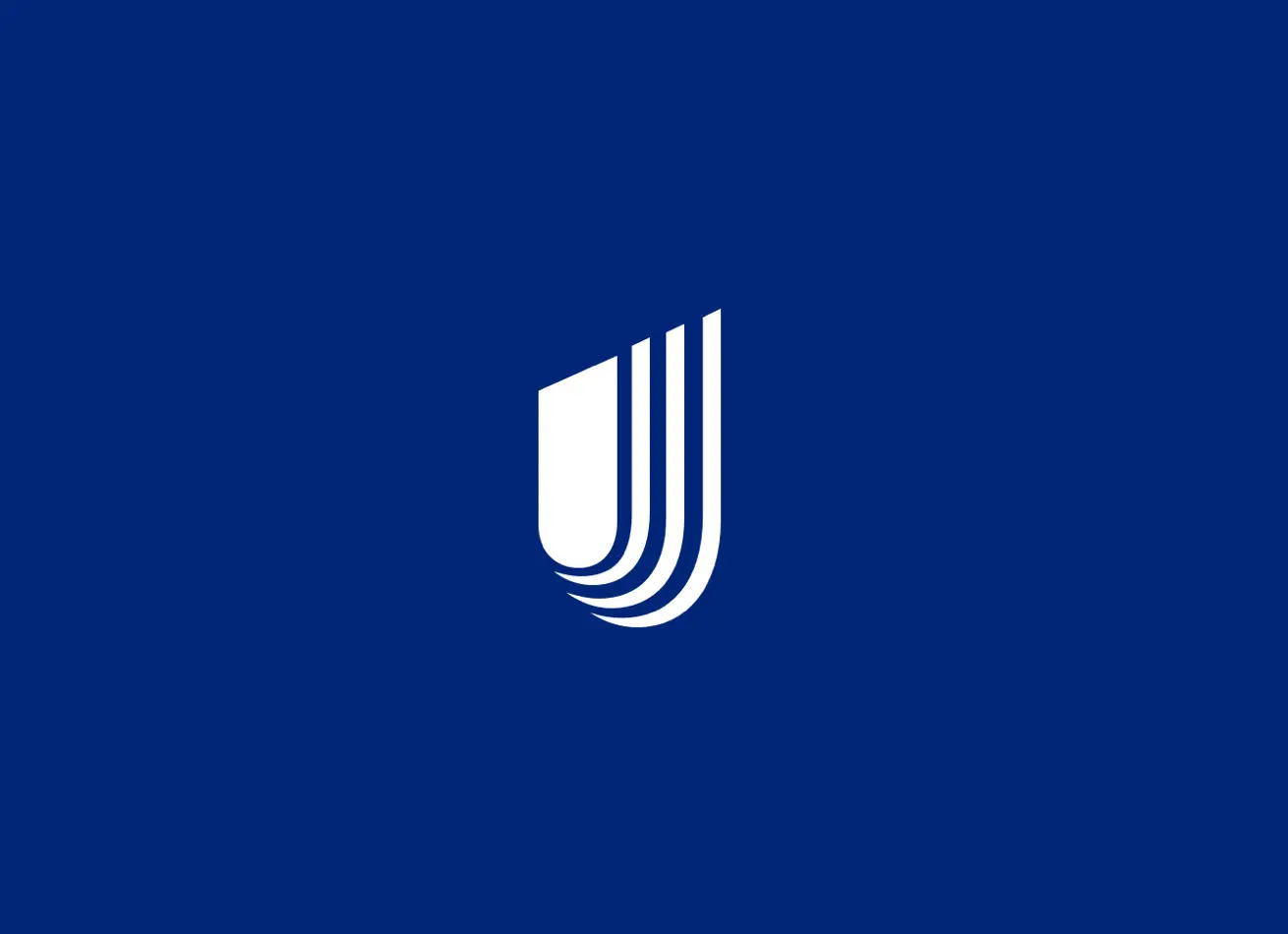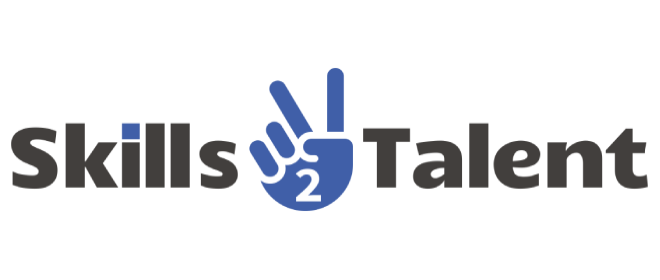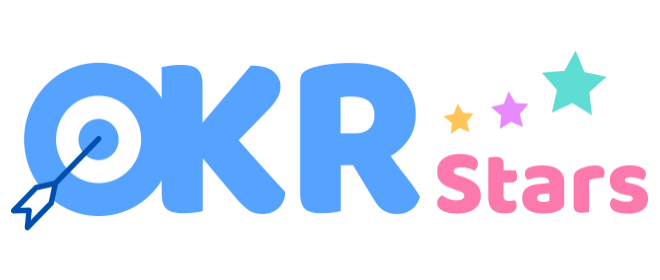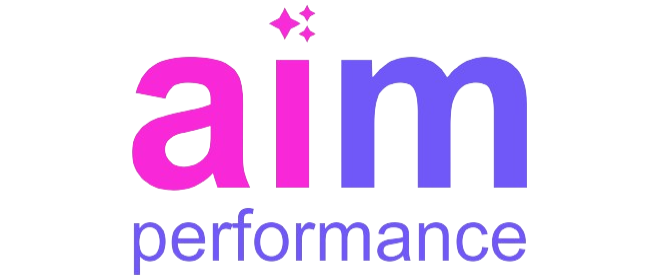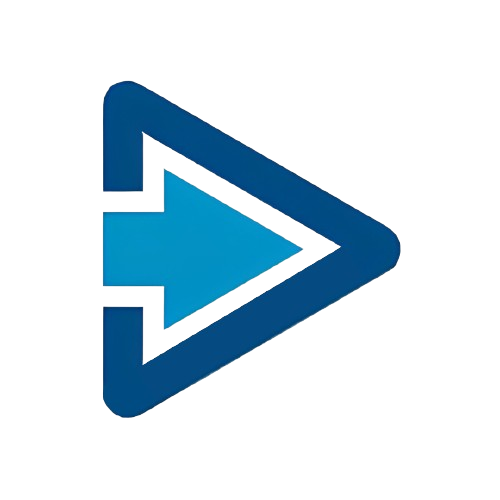Introduction to Integrations in Performance Management
In today’s dynamic work environment, leveraging technology to enhance performance management is crucial. Integrations with platforms like MS Teams and Slack can revolutionize how organizations manage the performance of their white-collar, grey-collar, and blue-collar workforce. These integrations streamline communication, foster collaboration, and ensure that performance metrics are easily accessible and actionable.
Enhancing Communication and Collaboration
Seamless Communication Across All Levels
Integrating MS Teams and Slack into performance management systems enables seamless communication across various workforce levels. White-collar employees often rely on these tools for quick messaging and collaboration on projects. For grey-collar and blue-collar workforces, these platforms can bridge the communication gap, ensuring everyone is on the same page regarding performance expectations and goals.
Collaborative Goal Setting
Using MS Teams and Slack for performance management allows for more collaborative goal setting. Managers and employees can discuss and set performance objectives in real-time, ensuring that goals are clear, attainable, and aligned with organizational priorities. This collaborative approach fosters a sense of ownership and accountability among all workforce segments.
Real-Time Feedback and Recognition
Instant Feedback Mechanisms
One of the significant advantages of integrating MS Teams and Slack into performance management is the ability to provide real-time feedback. White-collar employees can receive immediate feedback on their work, allowing for quick adjustments and continuous improvement. Similarly, grey-collar and blue-collar workforces can benefit from timely feedback, which is crucial for on-the-spot performance enhancement.
Recognition and Rewards
These integrations also make it easier to recognize and reward employees’ efforts. Managers can use MS Teams and Slack to publicly acknowledge achievements, boosting morale and encouraging a culture of recognition. Whether it’s a white-collar employee exceeding their sales targets or a blue-collar workforce demonstrating exceptional safety practices, timely recognition fosters motivation and engagement.
Streamlined Performance Reviews
Simplified Review Processes
Integrating MS Teams and Slack with performance management systems simplifies the review process. Managers can schedule and conduct performance reviews directly through these platforms, making the process more efficient and less time-consuming. This integration is particularly beneficial for grey-collar and blue-collar workforces who may have limited access to traditional review methods.
Data-Driven Insights
These platforms also provide data-driven insights that enhance performance reviews. Managers can access performance metrics, track progress, and identify areas for improvement. This data-driven approach ensures that performance reviews are objective and focused on measurable outcomes, benefiting all workforce segments.
Increased Accessibility and Inclusivity
Accessibility for All Workforce Segments
One of the key benefits of integrating MS Teams and Slack into performance management is increased accessibility. White-collar employees are already familiar with these platforms, making it easy to integrate performance management functionalities. For grey-collar and blue-collar workforces, these tools provide an accessible way to engage with performance management systems, ensuring inclusivity across the organization.
Mobile Accessibility
The mobile accessibility of MS Teams and Slack is particularly advantageous for blue-collar workforce who may not have regular access to desktop computers. These workforce can receive updates, participate in performance reviews, and communicate with managers directly from their mobile devices, ensuring they are always connected and informed.
Enhanced Training and Development
Interactive Training Modules
Integrating MS Teams and Slack with performance management allows for interactive training modules. White-collar employees can participate in webinars and online courses, enhancing their skills and competencies. For grey-collar and blue-collar workforces, these platforms can deliver training content in a more engaging and accessible format, ensuring continuous learning and development.
Personalized Development Plans
These integrations also support personalized development plans. Managers can collaborate with employees to create tailored development plans that address specific performance gaps and career aspirations. This personalized approach ensures that all workforce segments receive the training and development they need to succeed.
Improved Team Dynamics
Fostering Team Collaboration
MS Teams and Slack integrations in performance management can significantly improve team dynamics. White-collar teams can collaborate more effectively on projects, share resources, and track progress. Grey-collar and blue-collar teams can also benefit from these collaborative tools, enhancing teamwork and cohesion.
Conflict Resolution
These platforms also facilitate conflict resolution. Managers can use MS Teams and Slack to address conflicts promptly, ensuring that issues are resolved before they escalate. This proactive approach to conflict resolution fosters a positive work environment for all workforce segments.
Automation and Efficiency
Automating Routine Tasks
Integrating MS Teams and Slack with performance management systems allows for the automation of routine tasks. White-collar employees can automate report generation and task tracking, freeing up time for more strategic activities. Grey-collar and blue-collar workforces can also benefit from automation, reducing administrative burdens and increasing efficiency.
Streamlined Workflows
These integrations streamline workflows by consolidating performance management activities into a single platform. Managers can track performance metrics, provide feedback, and conduct reviews without switching between multiple systems. This streamlined approach enhances productivity and ensures that performance management processes are efficient and effective.
Data Security and Compliance
Ensuring Data Security
Data security is a critical consideration in performance management. Integrating MS Teams and Slack ensures that performance data is secure and compliant with industry standards. These platforms offer robust security features, protecting sensitive performance information for all workforce segments.
Compliance with Regulations
These integrations also ensure compliance with relevant regulations. Managers can use MS Teams and Slack to document performance reviews and feedback, maintaining accurate records that comply with legal requirements. This compliance is essential for mitigating risks and ensuring organizational integrity.
Future Trends in Performance Management
Embracing AI and Machine Learning
The future of performance management lies in embracing AI and machine learning. Integrating MS Teams and Slack with AI-driven performance management systems can provide predictive insights, helping managers identify potential performance issues before they arise. This proactive approach benefits all workforce segments by fostering continuous improvement and innovation.
The Rise of Remote Work
As remote work becomes more prevalent, integrating MS Teams and Slack into performance management will be increasingly important. These platforms enable effective performance management regardless of location, ensuring that remote white-collar, grey-collar, and blue-collar workforces are supported and engaged.
Conclusion: Transformative Potential of Integrations
In conclusion, the integration of MS Teams and Slack into performance management systems offers transformative potential for white-collar, grey-collar, and blue-collar workforce segments. By enhancing communication, streamlining processes, and fostering a culture of continuous improvement, these integrations ensure that performance management is efficient, inclusive, and effective. Organizations that leverage these tools will be well-equipped to navigate the complexities of modern workforce management and achieve sustainable success.
